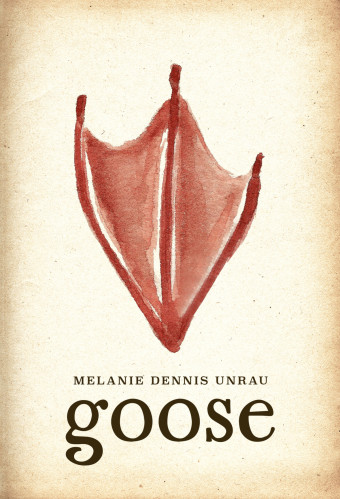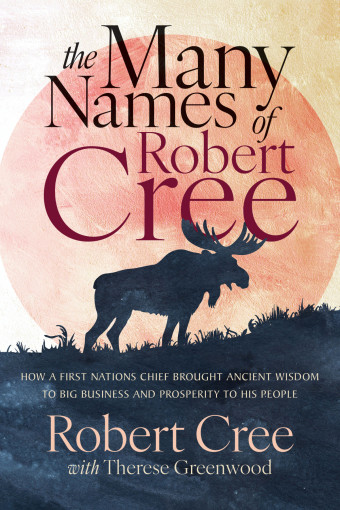Anyone who has experienced social injustice would be drawn to those who stand up for what they believe. Louis Riel epitomizes this to the Métis people. It takes great courage to speak for people who can’t speak for themselves,” says Deborah L. Delaronde.
Her new book, Louis Riel Day: The Fur Trade Project, is a story about a homework project, but also a book written to inspire readers and celebrate Métis history.

- Louis Riel Day
- Deborah L. Delaronde, Sheldon Dawson (Illustrator)
- Theytus Books Ltd.
- $19.95 Hardcover, 32 pages
- ISBN: 978-19-26886-61-9
“This is the one book that I will always be grateful that everything fell into place at the right time. It is a beautifully illustrated book. It contains the message that I wanted to impart to my readers about being proud of our Métis history rather than ashamed,” explains Delaronde, who lives in central Manitoba.
Louis Riel Day follows a young Métis boy who has been assigned a homework project about Louis Riel Day. He’s worried about getting it done, so he phones his grandfather to ask for help.
“I wanted to emphasize the relationship between a grandchild and his grandparent in this story,” says Delaronde. “Due to job demands, parents and especially single parents can’t always find time to help their children with homework. I know this because I was a single parent. And, it’s so important for grandparents to be a part of their grandchildren’s lives.”
Winnipeg-based artist Sheldon Dawson illustrated this book, which includes detailed depictions of scenes from Métis history. Dawson gathered details from his own reference library, as well as from archival photographs, and even from a trip to the Manitoba Museum to look at a replica Red River cabin. Although he has illustrated over 45 books for children, Louis Riel Day is unique.
“The visual rhythm of this book is quite distinct from many others that I have worked on. Because this story spans several years and a variety of locations, it doesn’t have the sort of sequential visual action from page to page that is common in other children’s stories,” he explains.

“Each painting ends up being more of a representation of a separate event or a time period than part of a dynamic flow of connected images.”
The story’s rhythm relies on Delaronde’s poetic text to carry the reader from page to page.
Delaronde also felt that this book was unusual, although for her, it was more about her involvement once the manuscript was accepted. “I had more of a ‘hands-on’ collaboration from beginning to end with both Theytus and Sheldon [than with her previous books]. I will be eternally grateful that Greg Younging [former editor of Theytus Books] found and read my Louis Riel Day: The Fur Trade Project manuscript, liked it, and wanted to publish it,” she says.
With this year marking Manitoba’s 150th anniversary, this book is a well-timed reminder of the people who founded this province. According to Dawson, “This important story needs to be told, especially in this anniversary year when the Métis people are still struggling to obtain the rights that were promised to them 150 years ago.”













